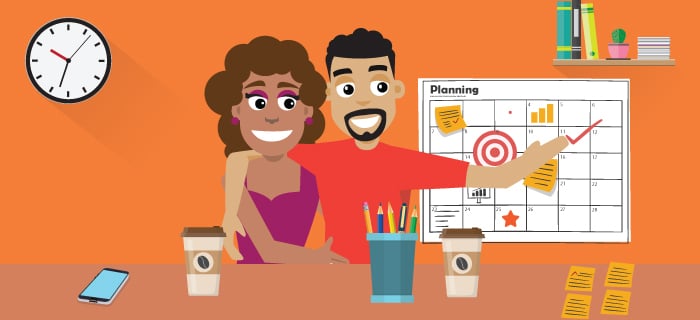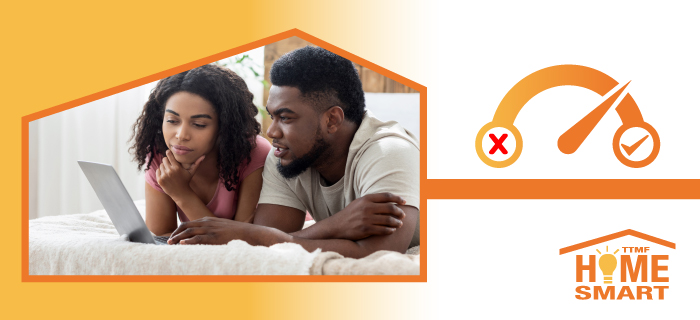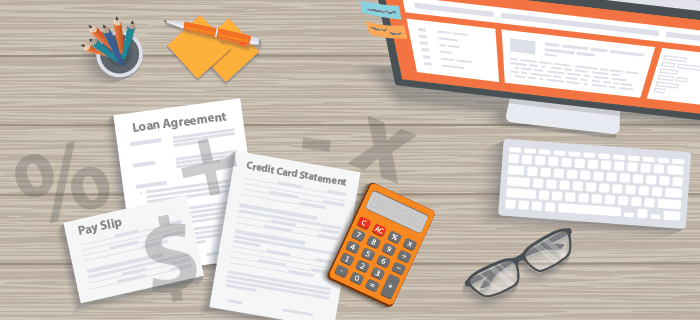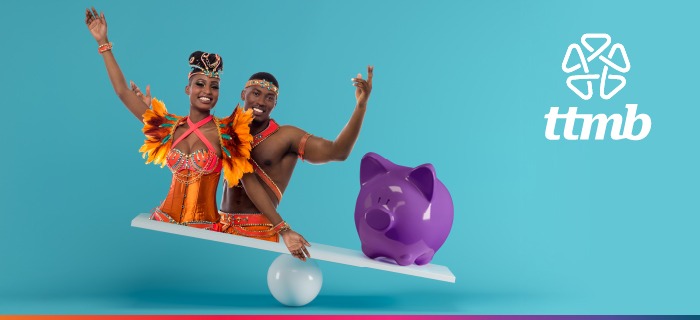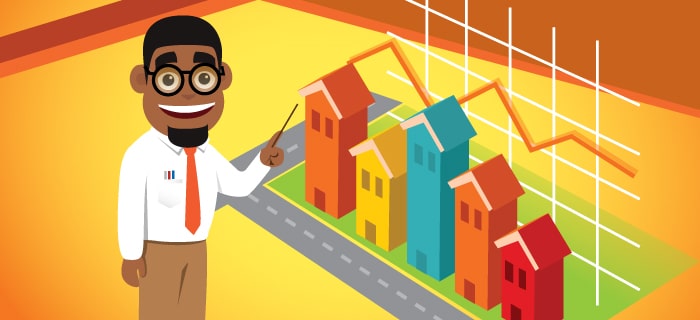Homeownership has long been the dream of many. To own a home means peace of mind, knowing that it is completely yours. It is a great way to build wealth because it is like a savings plan and, when done right, it is an investment in your future. Yet, the path to homeownership can sometimes feel impossible or you may feel it is inaccessible to you.
Here are five steps to get you started as you plan your future homeownership together:
1. Pay yourself first
The very first thing you must do is calculate how much money you can put into savings. This takes commitment and discipline to the process. It might take some getting used to, but once you start putting the money away, it will become second nature.
A word of caution: You might be tempted to dip into your savings account, so it might be best to keep your savings account in a different institution from your regular account. Maybe you can set up a standing order or a recurring transfer to put monies in your savings account, just to reduce temptation.
2. Reduce your expenses
Do you feel as if you are living pay cheque to pay cheque? You are thinking that you cannot afford to save, but you can! A good place to start is by reducing your expenses by 10%. That means for example, if your grocery budget is $1,500.00 a month, then try reducing it by $150 for a total budget of $1,350.00. This may not seem like a lot, but each seemingly small amount on most of your expenses, will add up, and soon enough you will have enough money saved for that down payment. Just remember to give yourself time to save enough money — it is a marathon, not a sprint.
3. Pay down your debts
The general rule of thumb is that your housing costs should never exceed a third of your total income. However, if you have other debts, such as a car loan, or credit cards, they could easily limit the amount of money you can put toward a mortgage. Consider paying down some of your debt first, which will not only help alleviate some of the financial pressure but also help you secure a higher loan amount. While it may sound counterintuitive to pay down debt in order to save, once those debts are paid off, you could have hundreds, if not thousands, of dollars freed up that can help you save faster.
4. Decide on your budget
Prior to looking at homes, decide what amount you can comfortably afford. Get prequalified. TTMB’s Pre-Qualification process analyses your financial information to help you determine the amount of money you can borrow. By knowing how much you can afford for a house, you can then decide how much you need for your down payment. Having two people in a household earning a pay cheque can make it easier to afford the things you need and want. But it also offers an opportunity to build significant savings for the future.
5. Pay your future mortgage
Live as if you are already paying your new mortgage. In addition to your rent, consistently put the difference between your rent and the estimated future mortgage payment, into your savings account and treat it as you would any other monthly bill. This one habit will get you used to the idea of paying a mortgage and set you up for success, as that is exactly the diligence required once your actual mortgage takes effect. It is worth repeating here – this is not a sprint, but a marathon.
We’re here to help
If you are planning on purchasing a home soon, or you’re thinking of building in the near future, we can help you figure out your homeownership costs. Our mortgage calculator is easy to use and a great place to get started!
